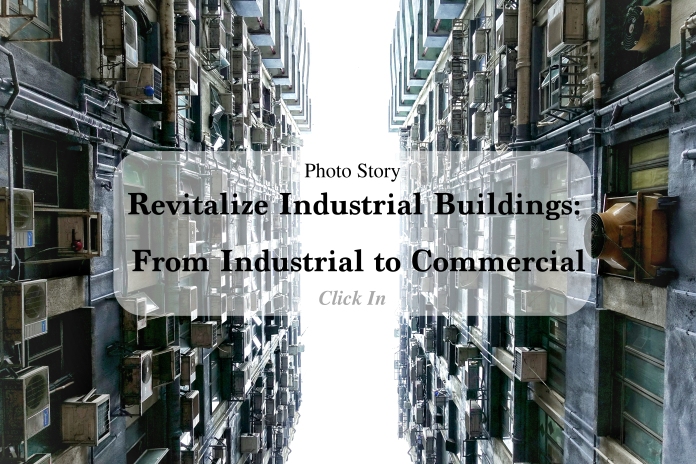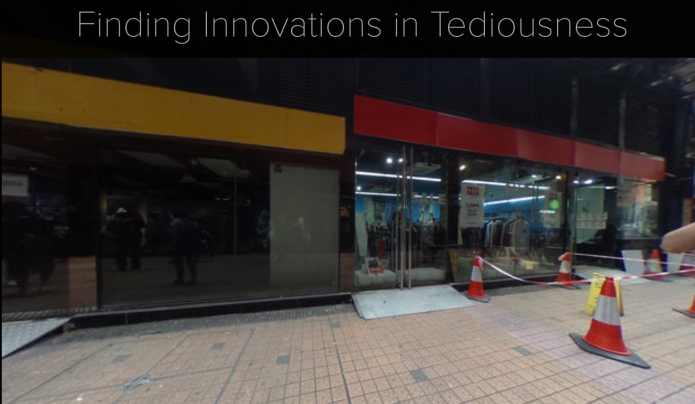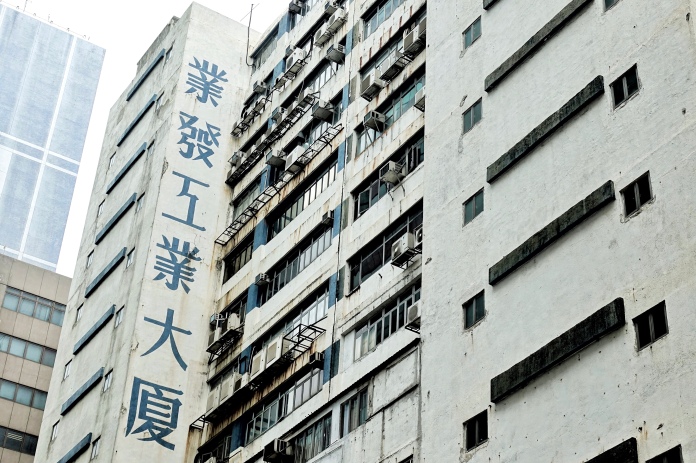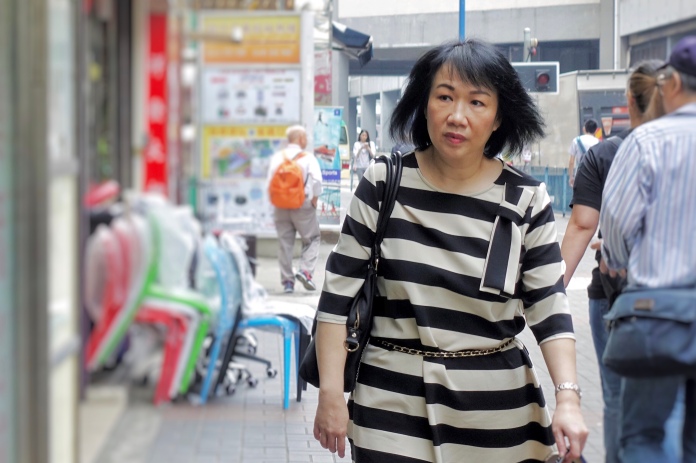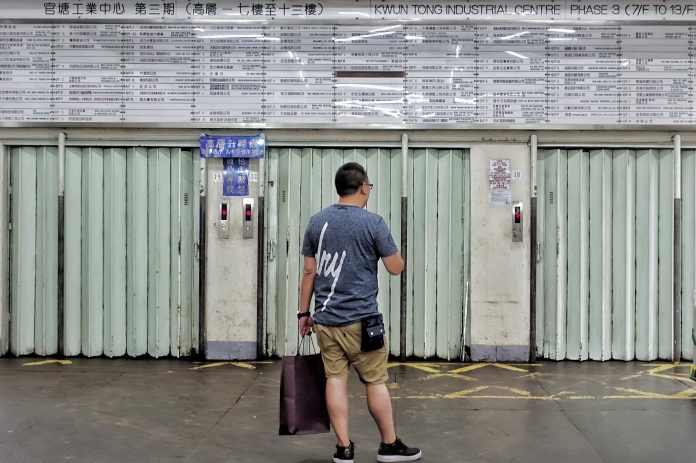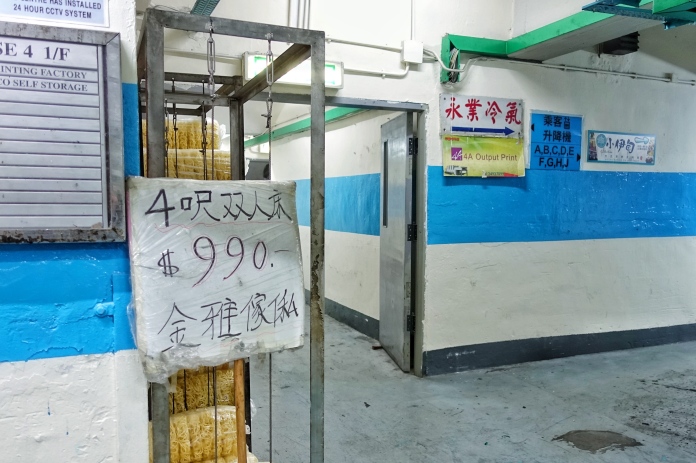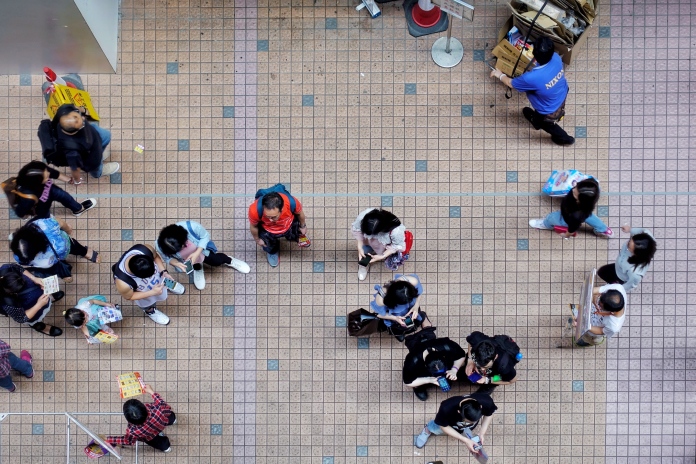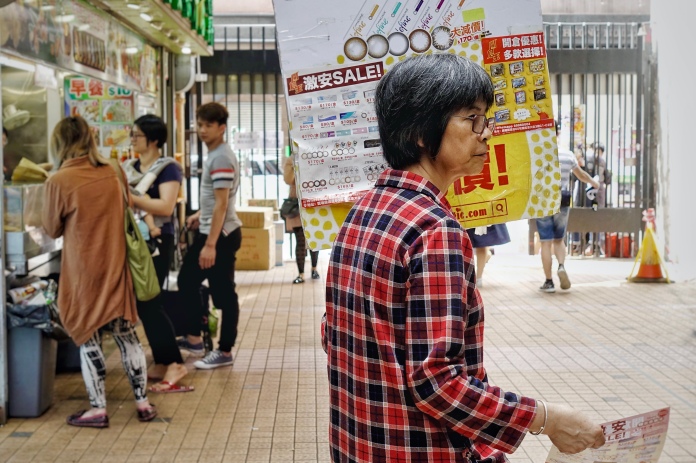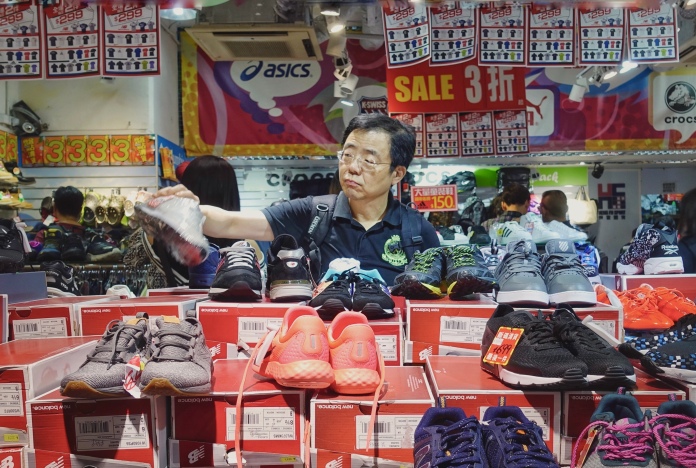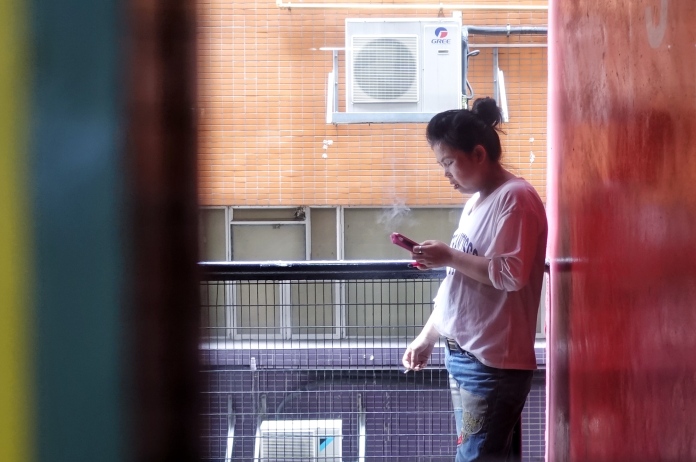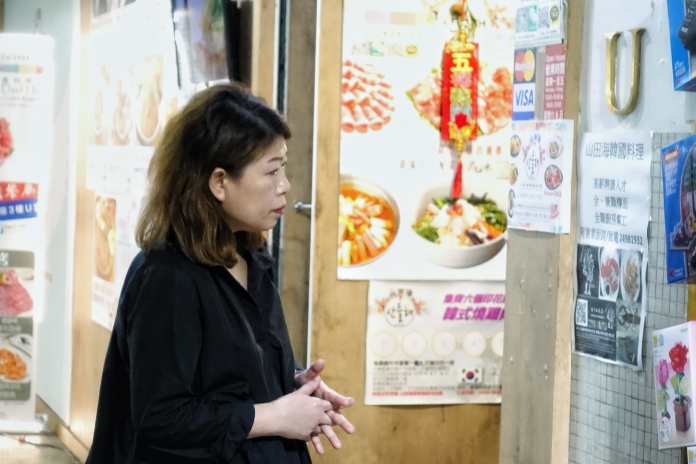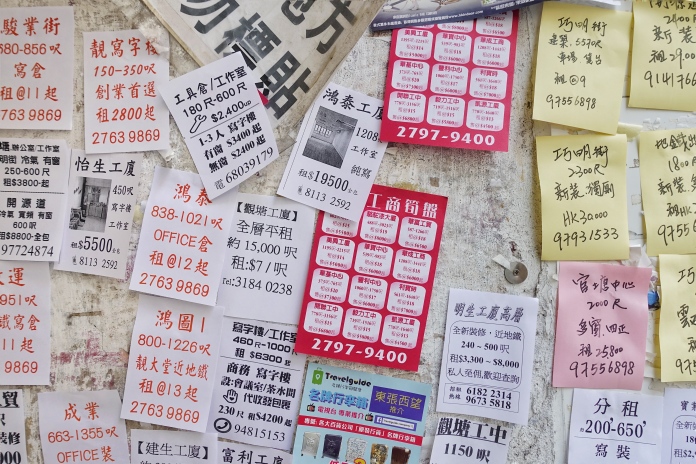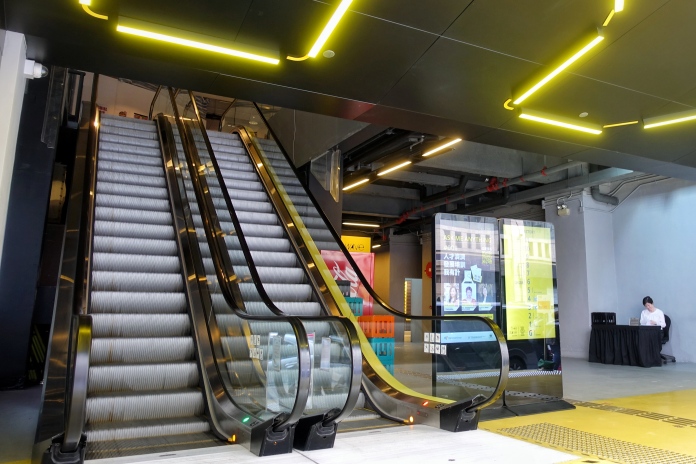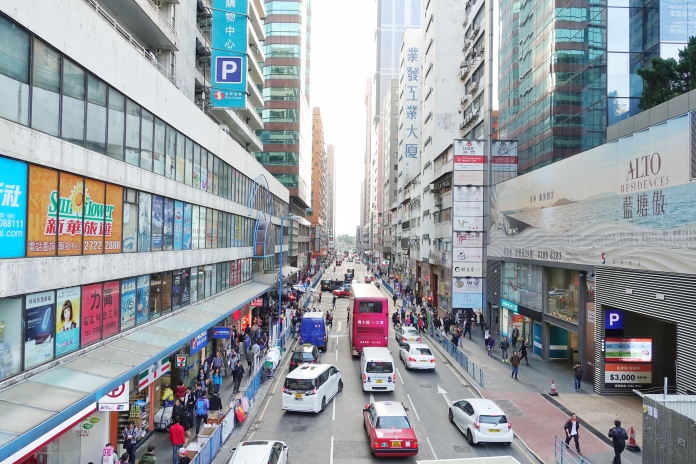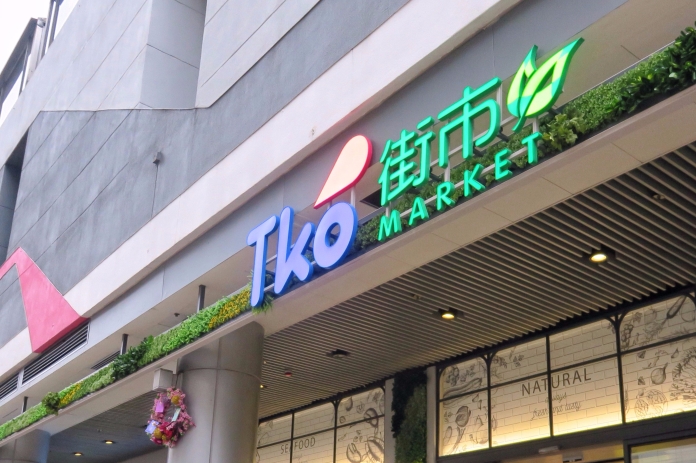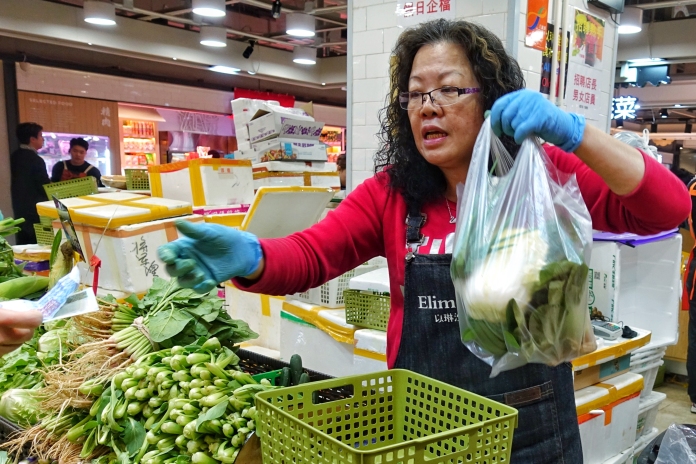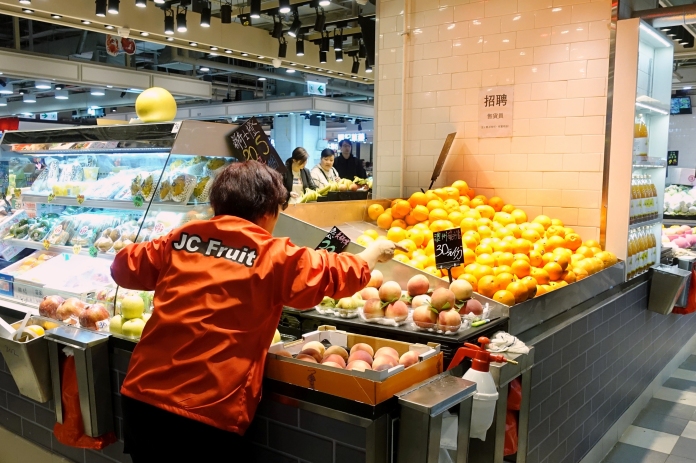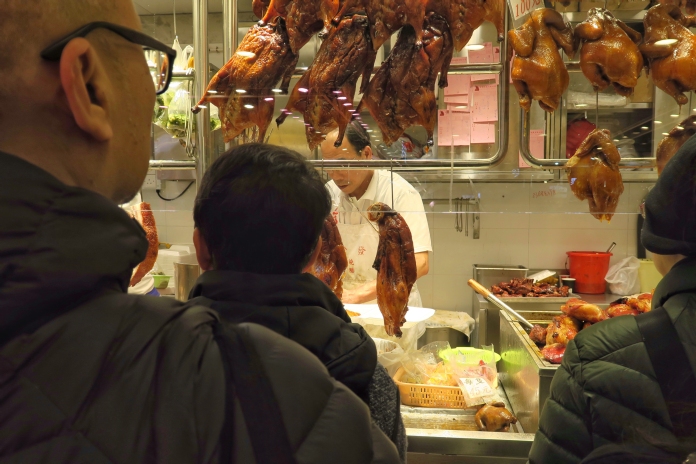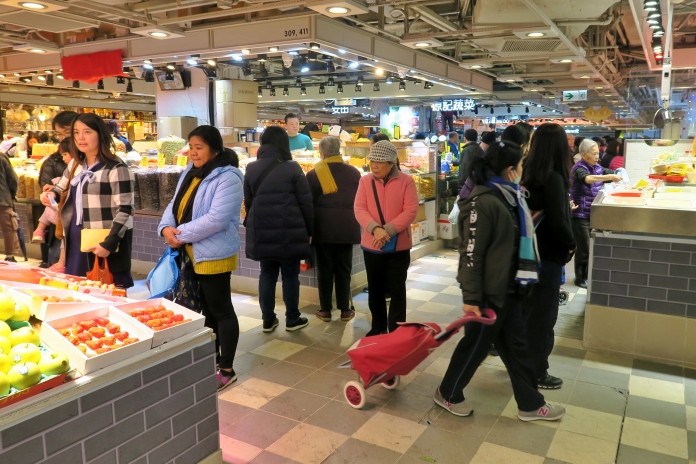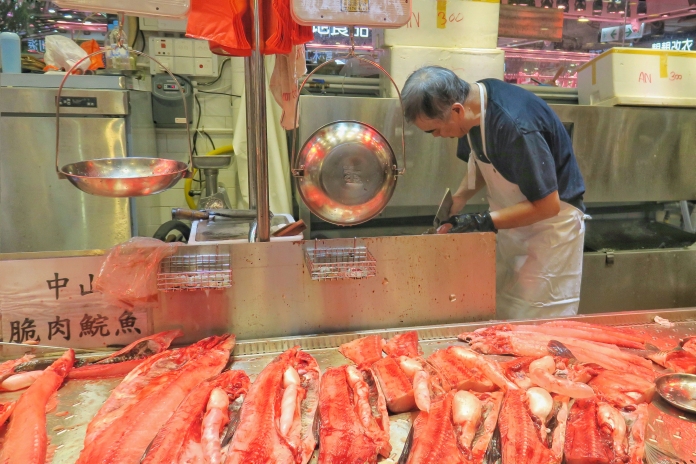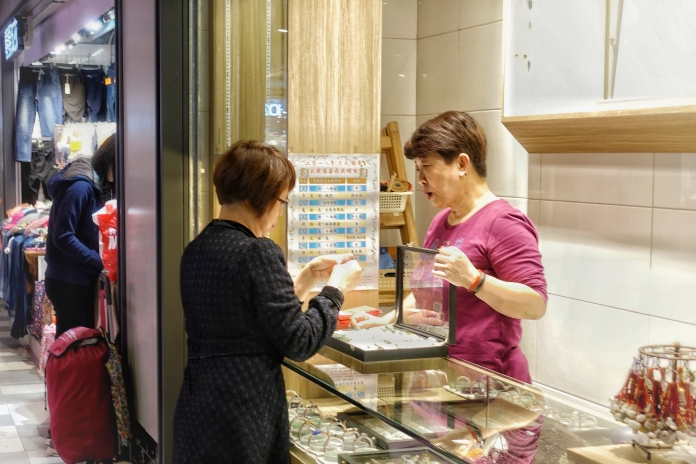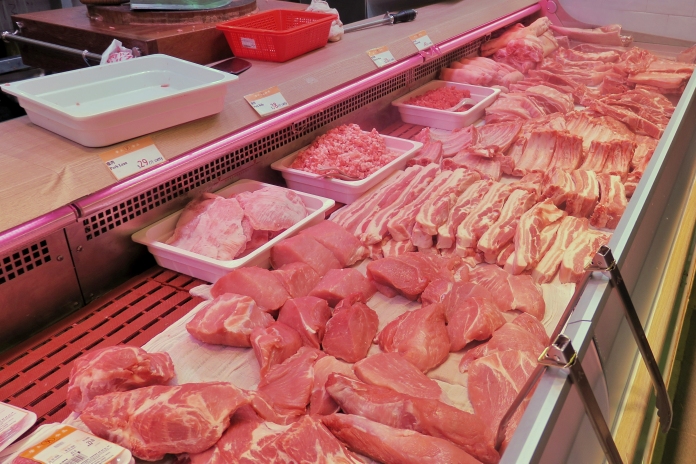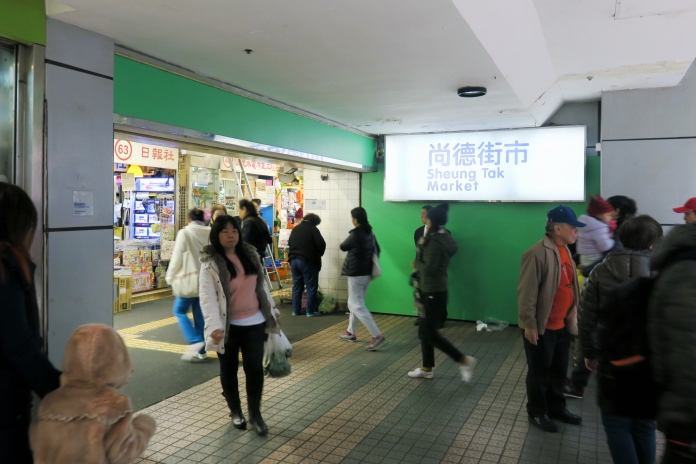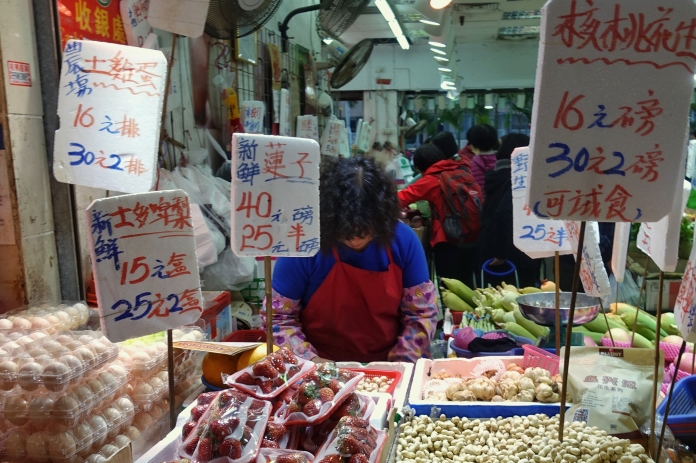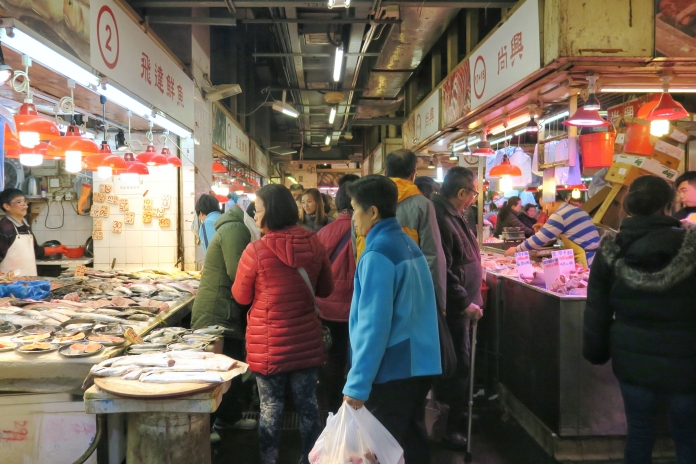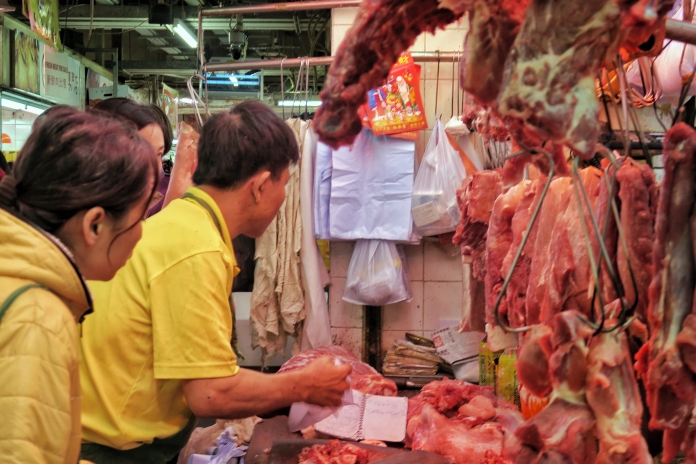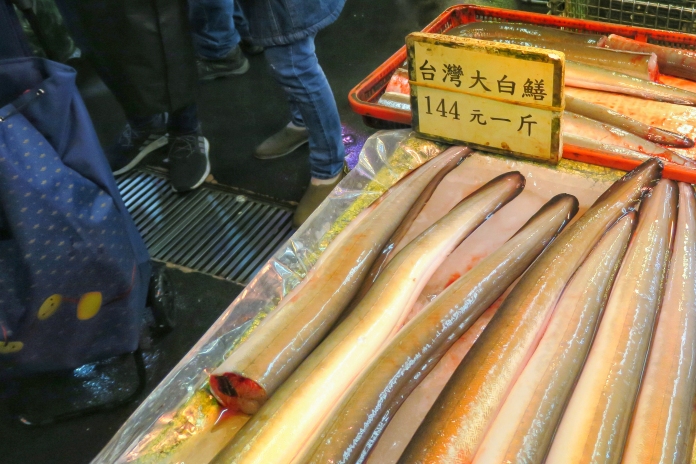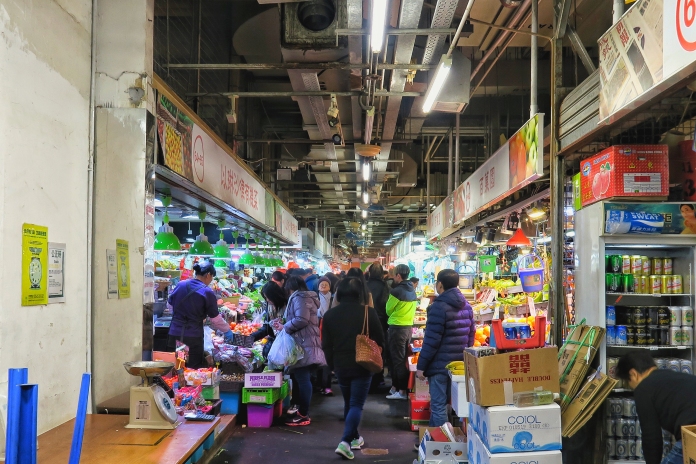Revitalize industrial buildings: From industrial to commercial
Reported by Felix Tam
Under the urban renewal plan coordinated by Hong Kong government, the revitalization of industrial buildings is a key component. To meet the current social and economic needs, the government launches a nil waiver fee scheme in 2010 for building owners to apply for the usage change of existing industrial buildings. Meanwhile, the owners have to comply with the Town Planning Ordinance and statutory plans in order to the safety standards in the converted industrial buildings.
Kwun Tong is one of the industrial area in Hong Kong. Nowadays, more and more stores open inside the industrial buildings and boosts the commercial activities in this district. The industrial buildings like Camel Paint Building and Kwun Tong Industrial Center, which are near the shopping center, attract many customers and some shop owners select these places to start their business. Both of them are the longest history industrial buildings in Kwun Tong since 1986 and the factories inside the building start closing after the revitalization plan established.
Inside the Industrial Buildings: A book holds a house of gold
Reported by Happy Lau
In Hong Kong where a place with limited space, an organization called “Read-Cycling” choose to have their “PPO Library” in a factory building. In order to encourage sharing of reading pleasure, “Read-Cycling” Sylvia Lau, who is the founder of “Read-Cycling”, provides a platform and let everyone share their thoughts and understanding of books by organizing book bazaar.
Book Saver: Promoting is difficult but enjoyable
Reported by Cara Li
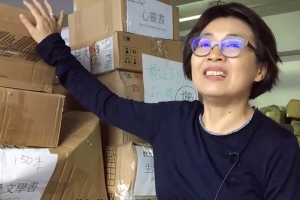
Sylvia Lau is the founder of “Read-Cycling”, an organization aims at promoting reading and extending the lifespan of books. “We are doing things different from book crossing. You always need to wait for an opportunity, wait for a book crossing event to look for new books or recycle your books. However, if we can provide you a place to exchange books, you do not have to wait,” said the lady.
Book crossing, a concept which is introduced to Hong Kong a few years ago. Radio Television Hong Kong and Hong Kong Playground Association organized a book crossing event in 2007. The trend of book crossing keeps growing after that.
Book shops and organisations like “Read-Cycling” in industrial buildings sell second-hand books and encourage book exchange activities, which are in line with the aims of book crossing.
Prejudice Book Store in an industrial building Kwai Chung was found last year by L. K. Fan, a book lover. The store is going to move to Kwun Tong because the lease is running out. The new area will be a lot smaller than the flat in Kwai Chung so Mr. Fan cannot store all the books he has now in the new rented flat. He then planned to share his precious collection with “bookworms” like himself.
Readers can buy books from Mr. Fan’s book store at a price decided by themselves. Mr. Fan said he was not sure when the last day of the book store in Kwai Chung would be since hr cannot estimate how many people would come to buy books after the announcement of closing. “The store is supposed to close in late April but it is not confirmed. If people keep coming, the store may continue to run for a few more days,” said Mr. Fan.
Mr. Fan does not organise reading events but his obsession in reading still brings him a lot of like-mind. On the other hand, Ms. Lau’s organisation sometimes hold activities to gather book lovers. “Read-Cycling” opens “PPO Library” in an industrial building in San Po Kong. They organise an event called “Free books to NGOs”. Staff and people from NGOs can go to “PPO Library” to collect books.
Light and labour-intensive industries started emerging in the city in the 1940s since immigrants from the mainland China were willing to work in the industrial field to earn a living. The high demand of jobs contributed to the development of manufacturing industry, according to Hong Kong Memory, an online platform providing information about Hong Kong’s history, culture and heritage.
In the 1990s, relocation of manufacturing industries from Hong Kong to the mainland China as well as the rapid development of commercial industries in Hong Kong, the population working in industrial area started to drop — leaving more and more industrial buildings vacant.
In recent years, flats in industrial buildings are occupied by people working in different fields. For example, artists, cafe owners and book sellers. When some of them want to fulfill their missions and promote the value of culture, they may encounter barriers.
Maintaining a book-sharing environment is not an easy task, according to both Mr. Fan and Ms. Lau’s cases. Mr. Fan is facing problems regarding the lease while Ms. Lau said “PPO Library” is run by volunteers only due to the limited budget.
Problems which tenants of flats in industrial buildings need to tackle include high expenses, becoming an obstacle when they are trying to expand.
However, running a store in an industrial building is still an interesting thing to Ms. Lau. “We sometimes organize an open day so people can come and choose books they like,” she mentioned. “The most unforgettable thing is that, a cafe in the same building with us helped us to promote our activity after they knew we had an open day.”
People working in industrial area may form a community. Most of the readers go to Kwai Chung just to visit Mr. Fan’s book store. Some of them are literary. Mr. Fan enjoys sharing ideas with them.
360 Industrial Building Tour: Finding Innovations in Tediousness
Reported by Gigi Kwok
Project Reporters:
Felix Tam
Happy Lau
Cara Li
Gigi Kwok
